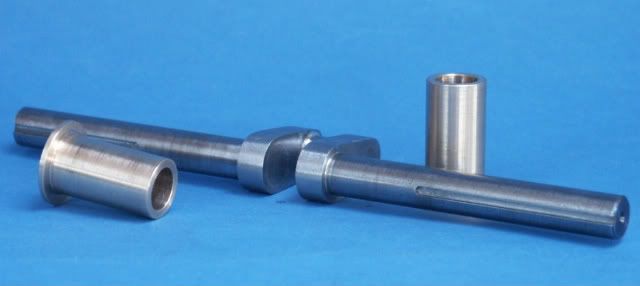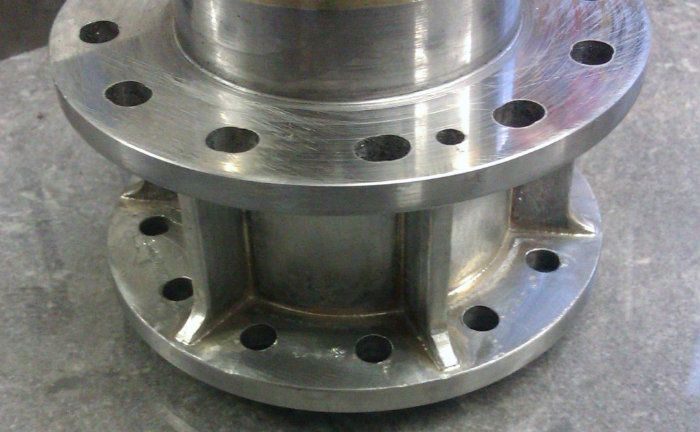Unfortunately, the answers are coming in from various forums(?) and I am dotting about between them and losing concentration( and interest)
I have said 'practice, practice' and others have said 'wicking' and I would agree. I would, however, question achievement of the 'little globules' being wrong. If one uses silver solder paste, there will be 'little molten globules' appearing in the flux and dross and the latter will have to be removed to 'wet' the joint.
As far as the intended joint(s) are concerned, I would agree about
1. the necessary clearance between surfaces to be joined
2. I would have a little recess cut around the female part(ouch)
3. Then I would place a ring of silver solder in the recess which has already been prepared with wet flux. This wet flux is important as the torch will blow powder away.
4. The flux will turn glassy with the heat and hold the ring of solder in place.
5. As a belt and braces exercise, the fluxed extra silver solder rod should be in place to add an extra dab of solder to complete the joint.
Probably the biggest mistake in welding, brazing and welding is 'fear' and the reluctance to get in to see exactly what is happening.



































































